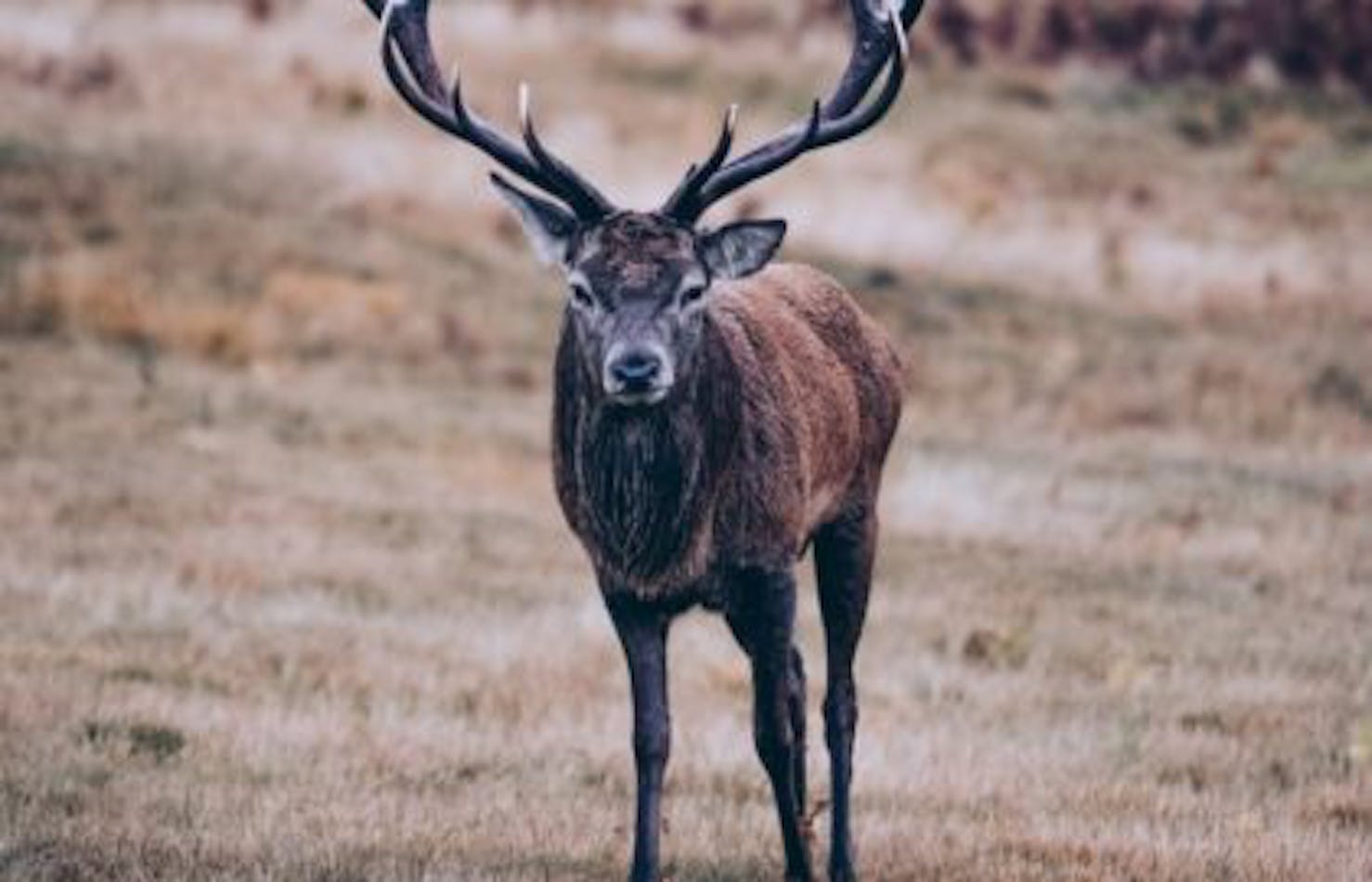Moments After the Shot – What to Expect
Cindy Stites, Silvercore Training guest contributor – Director of Education – Hunt to Eat
As a new hunter there is only so much information you can absorb through watching YouTube videos, reading magazines, and through your local Hunter Education class. That information is very valuable and absolutely necessary before you head out for your first season, but there are some parts of hunting that you can only learn through doing.
A mentor or instructor can teach you about certain things once you are out in the woods; such as locating food sources, how to play the wind, what browse looks like, why game animals travel where they do, why they travel or feed at certain times, and where to look for bedding areas. Some practices are taught at the range, specifically firearm safety, shot placement, etc. While even other ideas are taught in the classroom, like hunting ethics, principles of conservation, and wilderness safety. However, some things cannot be taught, they can only be experienced, and everyone may experience them differently.
For many new hunters there is rarely a discussion about what happens right after they pull the trigger or let the arrow fly. There is so much build up to participating in the hunt; all the preparation, what gear is needed, where the hunt will take place, and so on and so forth, yet few have the opportunity to take part in a discussion about what they may feel immediately after they take the life of an animal for the first time. It’s almost an afterthought, which can unfortunately, catch a new hunter off guard.
One of the important things to consider, is that when an animal is shot, in most cases, it doesn’t die immediately. There is a possibility that even with a perfectly placed shot, big game animals could run anywhere from 30-100 yards before falling to the ground, and even further when archery hunting. Once the animal’s adrenaline wears off and it does fall or lay down, it may take anywhere from 30-45 seconds before it succumbs to its injuries. A rule of thumb for archery hunters is to wait anywhere from 30-45 minutes after the shot if the animal runs out of sight, which differs vastly from a hunter using a rifle or shotgun.
Watching an animal die is a tough thing to do for most hunters. You can expect some movement from the animal as it takes its last few breaths, like kicking its legs or unsuccessfully trying to get back up from the ground. These movements and reflexes last for a very short time and in the big picture, if a good shot is made on the animal, they pass in a quick manner, eliminating any prolonged suffering or pain. So while it is important for you to know what to expect in the moment, it is also important to understand that this is part of hunting and there are no easy ways around this part of the experience.
There are similar reactionary experiences regardless of what kind of game you are hunting, whether it’s big game like elk, deer, moose or caribou, or small game such as squirrels and rabbits, and other game species including upland birds, waterfowl, and turkeys. The animal’s reflexes may continue to produce movement for a few seconds to a few minutes after the animal has technically passed. It is completely normal and should be expected.
There is a wide range of emotions that could be expected when you approach the expired animal. Hunters have expressed that they felt everything from excitement to grief, from feeling proud to feeling remorseful, and all of those feelings are normal. Some people take a moment with the animal, admiring it and quietly thanking it for it’s life. Others will pray over the animal or even put a small handful of sage or grass in its mouth for the journey to its next destination. People may cry, or they may have the biggest smile you’ve ever seen, everyone truly responds in their own way.
Never feel ashamed or sorry for how you process this part of your hunt. This is your experience and yours alone, you have the right to cry if that is what feels right, or you have the right to sit quietly and take it all in. For many adults coming into hunting, there is a slightly different emotional approach than those who have been hunting their entire lives and may have grown “used to” watching an animal expire.
There is no right or wrong way to feel after you have taken the life of an animal, regardless of how big or small. Hunters generally feel a sense of gratitude and oftentimes remorse in that moment, which are both good things to feel if you ask me. That being said, there is a general consensus that if the day comes that you feel absolutely nothing, it may be a good time to hang up your gun and walk away.
Cindy Stites guest contributor cindystitesoutdoors.com
Are you interested in learning more about hunting? Check out the CORE Hunter Education course, offered in person through Silvercore and online. Both are great options to get you licensed to hunt in BC and ensure you do so in a safe, confident and ethical way.
